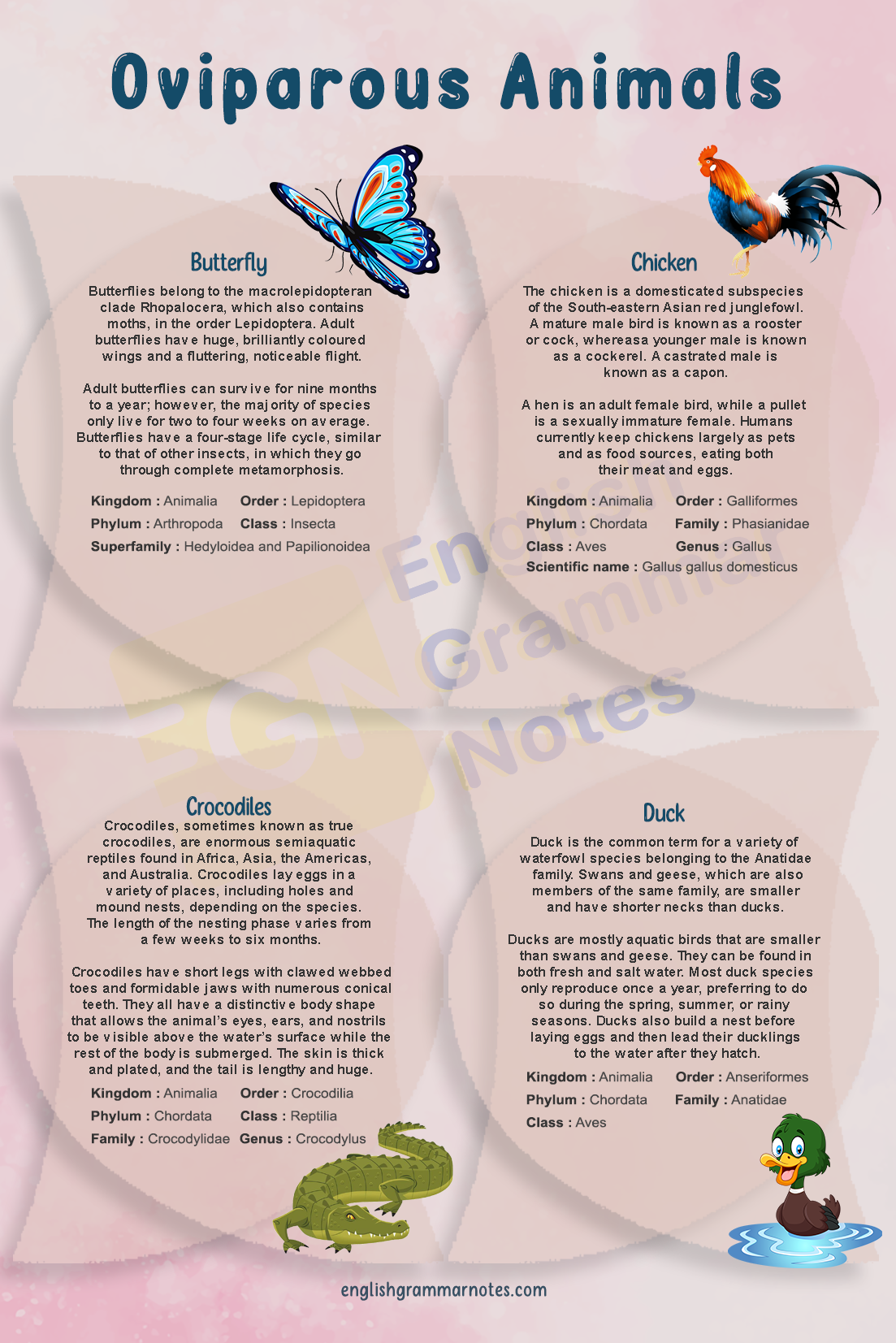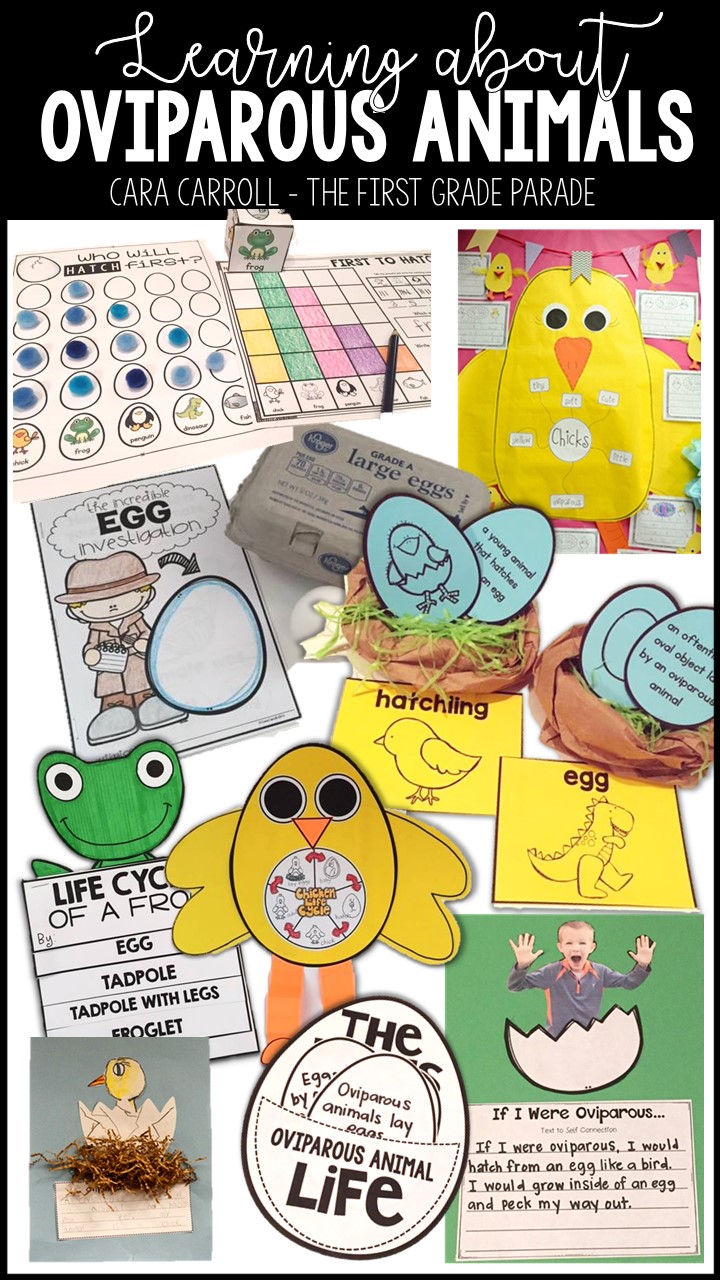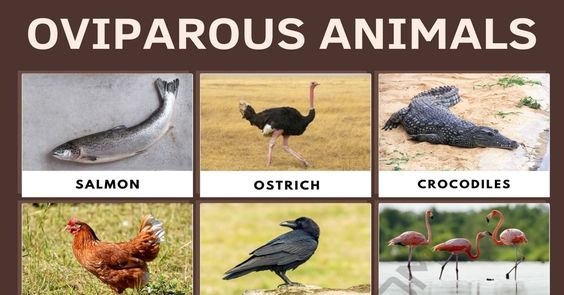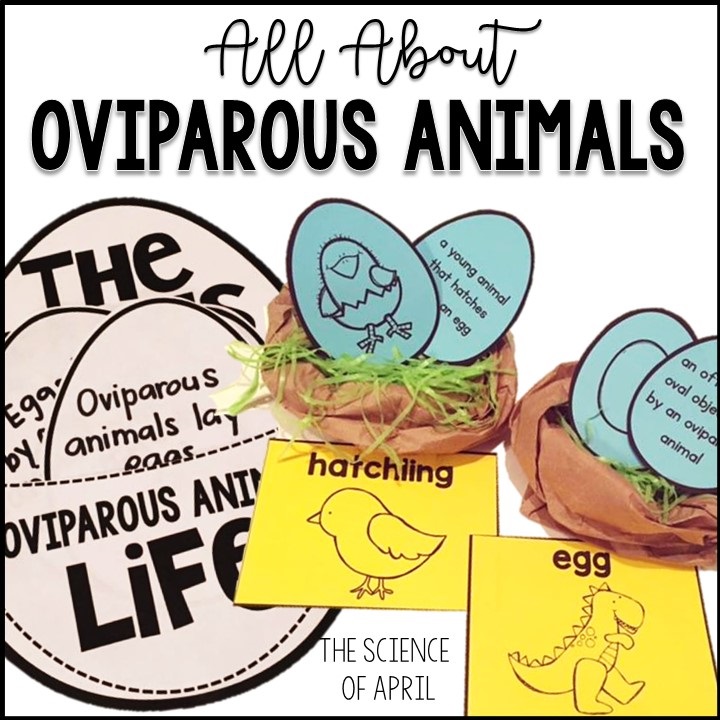Oviparous Animals: Animals that reproduce by laying eggs are known as oviparous. There are several animals that lay eggs but not a bird; you will be amazed to learn about such organisms. Most fish, amphibians, reptiles, insects, and arachnids reproduce in this way. This is how all birds and monotremes reproduce as well.
You must know the egg laying animals pictures with names to know more about this world and its organisms. This article lists such oviparous animals examples and pictures that will help you identify the famous egg laying animals on Earth. Also, in this article, you will find animals that lay eggs in water examples. Hence, we have collected a list of oviparous animals along with their descriptions and pictures in this article.
Study the most important English Vocabulary Words identified by our experts and learn the right vocabulary to use in your day to day conversations
List of Oviparous Animals
List of oviparous animals
- Butterfly
- Chicken
- Crocodiles
- Duck
- Echidna
- Flamingo
- Frog
- Octopus
- Ostrich
- Owl
- Parrot
- Peacock
- Penguin
- Platypus
- Raven
- Salamander
- Salmon
- Shark
- Snake
- Turtle
Description on the List of Oviparous Animals
Butterfly
Butterflies belong to the macrolepidopteran clade Rhopalocera, which also contains moths, in the order Lepidoptera. Adult butterflies have huge, brilliantly coloured wings and a fluttering, noticeable flight.
Adult butterflies can survive for nine months to a year; however, the majority of species only live for two to four weeks on average. Butterflies have a four-stage life cycle, similar to that of other insects, in which they go through complete metamorphosis.
| Kingdom | Animalia |
| Phylum | Arthropoda |
| Class | Insecta |
| Order | Lepidoptera |
| Superfamily | Hedyloidea and Papilionoidea |
Chicken
The chicken is a domesticated subspecies of the South-eastern Asian red junglefowl. A mature male bird is known as a rooster or cock, whereas a younger male is known as a cockerel. A castrated male is known as a capon.
A hen is an adult female bird, while a pullet is a sexually immature female. Humans currently keep chickens largely as pets and as food sources, eating both their meat and eggs.
| Kingdom | Animalia |
| Phylum | Chordata |
| Class | Aves |
| Order | Galliformes |
| Family | Phasianidae |
| Genus | Gallus |
| Scientific name | Gallus gallus domesticus |
Crocodiles
Crocodiles, sometimes known as true crocodiles, are enormous semiaquatic reptiles found in Africa, Asia, the Americas, and Australia. Crocodiles lay eggs in a variety of places, including holes and mound nests, depending on the species. The length of the nesting phase varies from a few weeks to six months.
Crocodiles have short legs with clawed webbed toes and formidable jaws with numerous conical teeth. They all have a distinctive body shape that allows the animal’s eyes, ears, and nostrils to be visible above the water’s surface while the rest of the body is submerged. The skin is thick and plated, and the tail is lengthy and huge.
| Kingdom | Animalia |
| Phylum | Chordata |
| Class | Reptilia |
| Order | Crocodilia |
| Family | Crocodylidae |
| Genus | Crocodylus |
Duck
Duck is the common term for a variety of waterfowl species belonging to the Anatidae family. Swans and geese, which are also members of the same family, are smaller and have shorter necks than ducks.
Ducks are mostly aquatic birds that are smaller than swans and geese. They can be found in both fresh and salt water. Most duck species only reproduce once a year, preferring to do so during the spring, summer, or rainy seasons. Ducks also build a nest before laying eggs and then lead their ducklings to the water after they hatch.
| Kingdom | Animalia |
| Phylum | Chordata |
| Class | Aves |
| Order | Anseriformes |
| Family | Anatidae |

Echidna
Monotremes with quills, echidnas are also known as spiny anteaters. The platypus and four extant echidna species are the only remaining members of the Monotremata order and the only living mammals that lay eggs.
The egg is kept in the female reproductive system until it reaches the size of a grape. The egg remains in the female’s pouch for another 10 days after it has been laid.
| Kingdom | Animalia |
| Phylum | Chordata |
| Class | Mammalia |
| Order | Monotremata |
| Family | Tachyglossidae |
| Genus | Tachyglossus |
| Scientific name | Tachyglossidae |
Flamingo
Flamingos, often known as flamingos, are a species of wading bird belonging to the Phoenicopteridae family, which is the sole one in the order Phoenicopteriformes. Two flamingo species are endemic to Africa, Asia, and Europe, while four species are found throughout the Americas, including the Caribbean.
Along waterways, flamingos make nests that resemble mud mounds. The female lays one egg in a shallow hole at the top of the mound. To keep the egg warm, the parents alternate sitting on it. The egg hatches after around 30 days.
| Kingdom | Animalia |
| Phylum | Chordata |
| Class | Aves |
| Order | Phoenicopteriformes |
| Family | Phoenicopteridae |
Frog
A frog is any member of the Anura order, which consists of a diverse and primarily carnivorous group of short-bodied, tailless amphibians. A frog’s life cycle is divided into three stages: egg, larva, and adult.
The frog goes through these stages as it develops, a process known as metamorphosis. In most cases, frogs deposit their eggs in water. Tadpoles are aquatic larvae with tails and internal gills that hatch from the eggs. The majority of frogs and toads begin their lives as eggs floating in water. At any given time, a female can release up to 30,000 eggs.
| Kingdom | Animalia |
| Phylum | Chordata |
| Class | Amphibia |
| Order | Anura |
Octopus
Octopuses are soft-bodied, eight-limbed molluscs belonging to the Octopoda order. Female octopuses lay their eggs in strands that they painstakingly weave together. After that, they stand vigil for weeks, months, and perhaps a year.
They don’t seem to consume much at this time, and their major concern appears to be keeping their eggs aerated and free of algae, which they accomplish by blowing water over them and gently cleaning them with their suckers. Nearly all of the octopus offspring hatch at the end of the brooding phase.
| Kingdom | Animalia |
| Phylum | Mollusca |
| Class | Cephalopoda |
| Order | Octopoda |
Ostrich
Struthio is a genus of birds belonging to the Struthioniformes order, which includes ostriches. The common ostrich and the Somali ostrich are the two living species of ostrich. They are enormous, flightless African birds that lay the largest eggs of any living land creature.
Ostrich eggs have a diameter of 6 inches (15 cm) and can weigh up to 3 pounds (1.3 kg). The eggs are laid in a communal nest known as a dump nest, which can contain up to 60 eggs at once. Males and females both wait on the eggs until they hatch, which can take anywhere from 42 to 46 days.
| Kingdom | Animalia |
| Phylum | Chordata |
| Class | Aves |
| Order | Struthioniformes |
| Family | Struthionidae |
| Genus | Struthio |
| Scientific name | Struthio camelus (Common ostrich) |
Owl
Owls belong to the Strigiformes order, which includes approximately 200 species of usually nocturnal and solitary birds of prey with an erect stance, a large, broad head, binocular eyesight, binaural hearing, keen talons, and silent flying feathers.
Owl eggs are normally white in colour and virtually spherical in shape, with a number ranging from a few to a dozen depending on the species and season; for the most part, three or four is the most common number.
| Kingdom | Animalia |
| Phylum | Chordata |
| Class | Aves |
| Order | Strigiformes |
Parrot
Parrots, also known as psittacines, are birds that come in 398 different species and 92 different genera; however, many of them are endangered. They are brightly coloured, highly clever, gregarious, and long-lived creatures. Parrots, like the majority of other birds, lay their eggs in a nest.
Although some species lay their eggs in tree holes, ground tunnels, rock cavities, and termite mounds, others lay their eggs in tree holes, ground tunnels, rock cavities, and termite mounds. Typically, parrots lay two to eight eggs at a time. As a parrot’s egg must be incubated for 18 to 30 days before it can hatch, the parents alternate sitting on the eggs.
| Kingdom | Animalia |
| Phylum | Chordata |
| Class | Aves |
| Order | Psittaciformes |
Peacock
Peafowl is a common name for three bird species belonging to the genera Pavo and Afropavo in the Phasianidae subtribe Pavonina. Even though peafowl of any sex are often referred to informally as peacocks, male peafowl are referred to as peacocks and female peafowl are referred to as peahens.
The female peacock lays four to seven eggs. Eggs are light brown or lighter brown in hue. The time it takes for eggs to hatch is between 26 and 30 days. The mother peacock incubates the eggs, and after roughly a month of incubation, the male peacock babies hatch.
| Kingdom | Animalia |
| Phylum | Chordata |
| Class | Aves |
| Order | Galliformes |
| Family | Phasianidae |
Penguin
Penguins are a species of flightless aquatic birds. They are virtually completely confined to the southern hemisphere. Penguins have counter shaded dark and white plumage and flippers for swimming, making them well-adapted to live in the sea.
Most penguins lay two eggs in a clutch, but the emperor and king penguins, the two largest species, only lay one. All penguins share incubation chores, with the exception of the emperor penguin, which is done entirely by the male.
As one of the couple feeds at sea, these incubation shifts can span days or even weeks. When compared to the weight of the parent birds, penguin eggs are the smallest of any bird species.
| Kingdom | Animalia |
| Phylum | Chordata |
| Class | Aves |
| Order | Sphenisciformes |
| Family | Spheniscidae |
Platypus
The platypus, sometimes known as the duck-billed platypus, is a semiaquatic, egg-laying mammal that is only found in eastern Australia, including Tasmania. Platypus reproduction is almost unheard of. It is one of only two mammals that lay eggs (the other being the echidna).
To lay their eggs, females shut themselves within one of the burrow’s chambers. A mother usually lays one or two eggs, which she keeps warm by placing between her belly and tail.
| Kingdom | Animalia |
| Phylum | Chordata |
| Class | Mammalia |
| Order | Monotremata |
| Family | Ornithorhynchidae |
| Genus | Ornithorhynchus |
| Scientific name | Ornithorhynchus anatinus |
Raven
When discussing the raven at the subspecies level, the common raven is a big all-black passerine bird, also known as the western raven or northern raven. It is the most widely spread of the corvids, being found throughout the Northern Hemisphere.
The females deposit three to seven pale bluish-green eggs with brown blotches. Only the female is responsible for incubation, which takes 18 to 21 days. The male may stand or kneel over the young, providing protection but not brooding. At 35 to 42 days, the young fledge and are fed by both parents. After fledging, they stay with their parents for another six months.
| Kingdom | Animalia |
| Phylum | Chordata |
| Class | Aves |
| Order | Passeriformes |
| Family | Corvidae |
| Genus | Corvus |
| Scientific name | Corvus corax |
Salamander
Salamanders have thin bodies, blunt snouts, short limbs extending at right angles to the body, and a tail in both larvae and adults, giving them a lizard-like appearance. There are about ten salamander families under the order Urodela.
Salamander eggs are similar to frog eggs in that they are clear and jelly-like. Baby salamanders are similar to baby frogs in that they lay their eggs in water, and their offspring are born without legs.
| Kingdom | Animalia |
| Phylum | Chordata |
| Class | Amphibia |
| Order | Urodela |

Salmon
Salmon is the common name for various ray-finned fish species belonging to the Salmonidae family. Salmon are native to the North Atlantic and Pacific Ocean tributaries. Salmon often hatch in fresh water, travel to the ocean, and then spawn in fresh water.
When a redd, or a female’s nest of eggs, is fertilised in freshwater, the reproduction cycle begins. The embryos develop while the eggs remain in the gravel throughout the winter. The eggs hatch in the spring and alevins emerge. The yolk sac of the egg is linked to the bellies of these little fish.
| Kingdom | Animalia |
| Phylum | Chordata |
| Class | Actinopterygii |
| Order | Salmoniformes |
| Family | Salmonidae |
Shark
Sharks are big saltwater fish that are usually grey in colour. Unlike other organisms, they have a cartilage-based skeleton rather than a bone-based skeleton. Sharks have razor-sharp teeth as well. They’re notorious for being dangerous and consuming anything they desire.
Some species are oviparous, which means they lay their fertilised eggs in water. An egg case with the consistency of leather shields the growing embryo in most oviparous shark species. For added protection, these cases can be corkscrewed into crevices.
| Kingdom | Animalia |
| Phylum | Chordata |
| Class | Chondrichthyes |
| Superorder | Selachimorpha |
Snake
Snakes, also called serpents, are limbless reptiles with long, cylindrical bodies, scaly skin, lidless eyes, and a forked tongue. There are over 3,400 species of snakes. The majority of species are non-dangerous, while others are mildly poisonous or create a lethal poison. The poison produced by a snake is generally referred to as venom.
The majority of snakes lay eggs rather than giving birth to live young. The eggs are laid underground in loose dirt or sand by the female, which acts as a natural incubator.
| Kingdom | Animalia |
| Phylum | Chordata |
| Class | Reptilia |
| Order | Squamata |
Turtle
Turtles belong to the Testudines family of reptiles, which are distinguished by a shell made primarily of their ribs. The two major families of modern turtles are side-necked turtles and hidden neck turtles, which differ in the way their heads retract.
Most species lay eggs every year; a few species lay every other year, and a few species lay twice in a single nesting season. Sea turtles typically lay numerous clutches of eggs during each nesting season, with the female depositing multiple clutches during each nesting season. The eggs are laid in chambers dug by most turtles.
| Kingdom | Animalia |
| Phylum | Chordata |
| Class | Reptilia |
| Order | Testudines |


